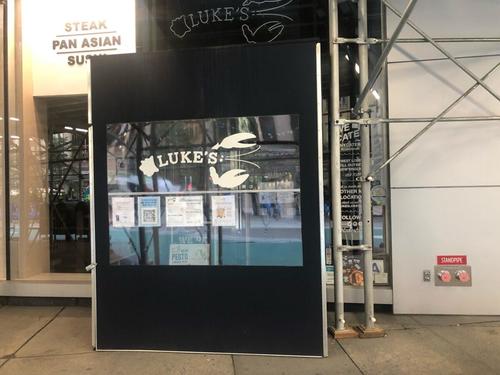Links between obesity and mortality have become increasingly evident, since the earliest pandemic of the 21st century, leading researchers from The University of Texas at San Antonio and the University of Wisconsin-Milwaukee to investigate if excess body weight may have been associated with high rates of COVID-19 mortalities around the globe.
Lead principal investigator Hamid Beladi, UTSA's Janey S. Briscoe Endowed Chair in Business, and his colleagues recently published a novel study in Public Health in Practice analyzing plausible associations of COVID-19 mortality and excess weight in nearly 5.5 billion adults from 154 countries around the world.
To identify potential patterns in data, the researchers employed cutting-edge techniques of statistical analyses.
"The main finding from the analysis is a statistically significant positive association between COVID-19 mortality and the proportion of the overweight in adult populations spanning 154 countries," Beladi said. "This association holds across countries belonging to different income groups and is not sensitive to a population's median age, proportion of the elderly, and/or proportion of females."
Beladi added that when the proportion of the overweight people in a country's adult population is one percentage point higher than the proportion of the overweight in a second country's adult population, based on this study, it is reasonable to predict that COVID-19 mortality would be 3.5 percentage points higher in the first country than it would be in the second.
"The average individual is less likely to die from COVID-19 in a country with a relatively low proportion of the overweight in the adult population, all other things being equal, than she or he would be in a country with a relatively high proportion of the overweight in the adult population," Beladi said.
The study's authors say that, clinically, excess body weight is related to several comorbidities that can lead to an increasingly severe course of and consequent death from COVID-19. Metabolic disorders, for example, can predispose individuals to a poorer COVID-19 outcome. Since excess body weight can result in a greater volume and longer duration of contagion, it can also lead to a higher level of exposure to COVID-19.
They added that on average, the COVID-19 pandemic has been more fatal for adult populations residing in parts of the world characterized by excess body weight.
The researchers believe their findings can be used to uphold public policy regulations on the food industry, to the extent that it profits off the sales of processed foods, foods high in salt, sugar and saturated fats.
With the death toll from the current pandemic exceeding 4.5 million, the group's main findings call for immediate and effective regulations that are long overdue, Beladi said.
"Some firms in the food industry have taken the liberty of using the pandemic as a platform for marketing in ways that are all but conducive to restraining body weight," he explained. "Our observed association, between COVID-19 mortality and the share of the overweight in nearly 5.5 billion adults residing across 154 countries that host almost 7.5 billion people around the globe, serves as a caution against putting more lives at stake."


